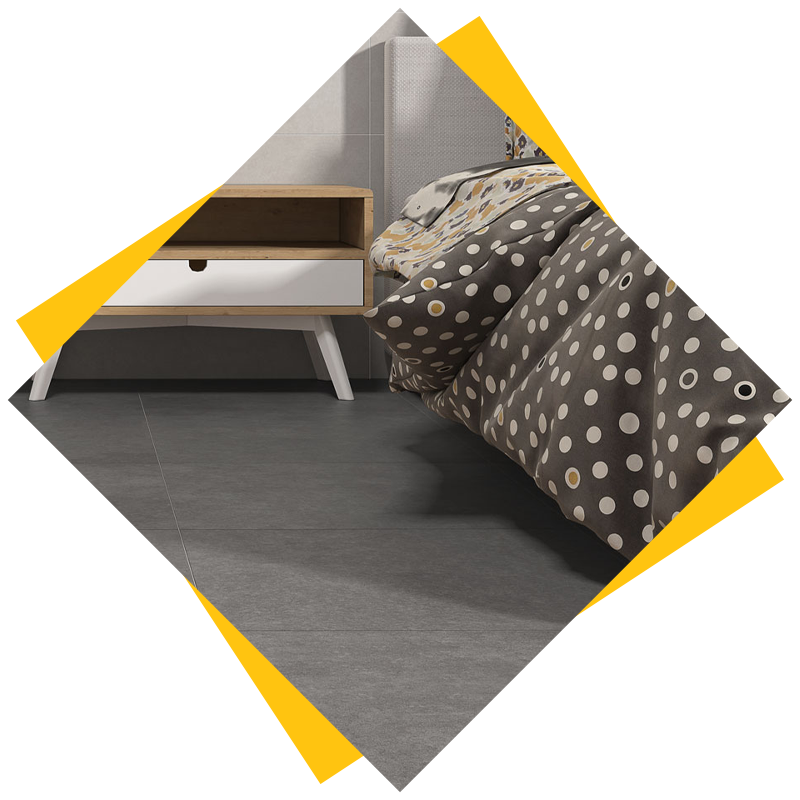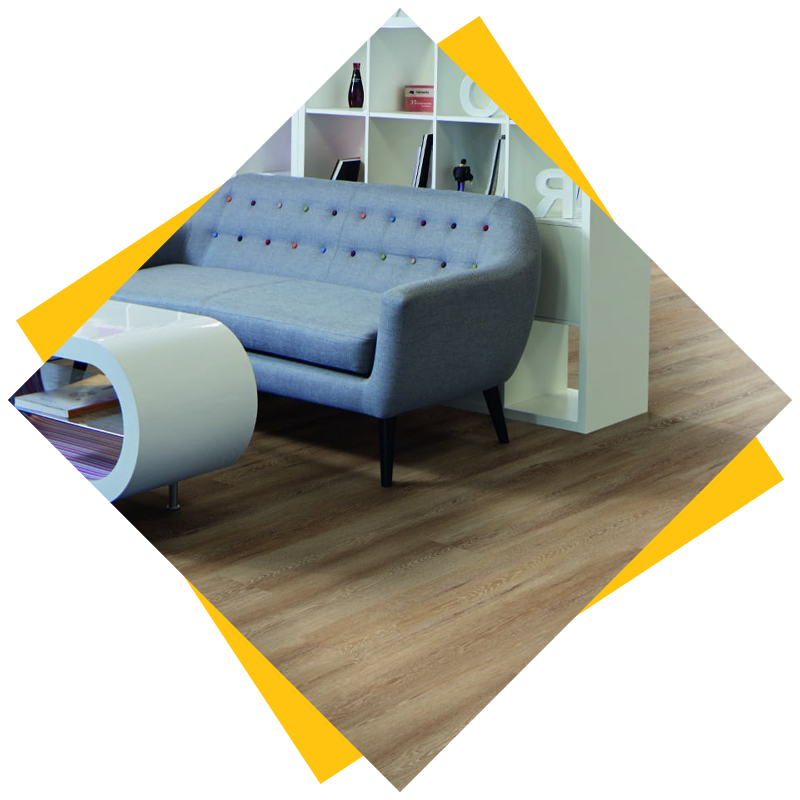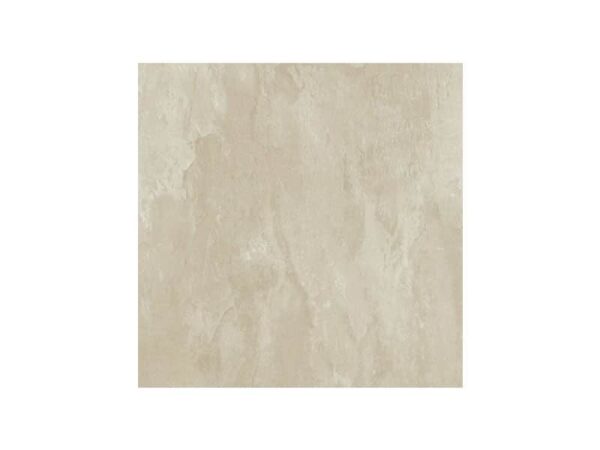how much does
Underfloor heating
cost to heat your home?
With today’s soaring energy bills, it’s becoming harder to heat our homes. Yet living in an unheated house in our chilly UK climate simply isn’t an option. It’s far too uncomfortable, and for the vulnerable, it’s potentially life-threatening.
However, there is an alternative to the conventional central heating systems that are so expensive to run.
One of the most economical methods of making your home wonderfully warm and cosy is underfloor heating.
How Much Does Underfloor Heating Cost to Run?

The lower running costs of underfloor heating are particularly attractive. On average, it has a greater energy efficiency of up to 25% when compared to a system with radiators. You can achieve even lower energy bills when the system is linked to an environmentally-friendly heat pump or solar panels. Underfloor heating might then operate with an estimated energy efficiency of around 40%.

Rooms with high ceilings are often wasteful of energy with conventional radiators. They take longer to heat as much of the warmth from perhaps a single radiator rises quickly, leaving the lower portion of the room feeling cold. However, the consistent, evenly distributed heat from underfloor heating can warm the space with a comparable energy efficiency of up to 50%.
The exact running costs depend on several factors that give your home its unique energy profile. These factors include: room size; the layout of your home; the amount of insulation; and your energy provider’s prices. Another factor is whether you choose a “wet†or “dry†method of underfloor heating.
Heat Output of Wet and Dry Underfloor Heating

An underfloor heating system provides warmth through a network of wires or pipes laid out on the subfloor of a room. They are arranged across the entire width of the floor, ensuring there are no irritating cold spots that are so often present with radiators.
The heat output of underfloor heating is measured in kilowatts. A living room in a typical three-bedroom home with moderate insulation might require 150 kW per square metre. Poorly insulated properties may find a rating of 200 kW per square metre is more effective.
The amount of energy required to heat the system can be affected by the density of wires or pipes. If they are closely packed, they provide more heat, resulting in higher running costs. When they are more widely spaced, the overall heat and the running costs are lower. One system isn’t necessarily superior to the other as both wet and dry systems each have their own merits.

What is Wet Underfloor Heating?


This method is sometimes referred to as hydronic or water underfloor heating. It uses pipes manufactured from either a flexible polymer or pre-shaped aluminium. The pipes are evenly laid out across the room’s subfloor. Pre-heated hot water flows directly from the boiler of your home, then passes through the pipes to produce a warm floor.
A major drawback of this method is that it usually takes much longer to install wet underfloor heating than a wired equivalent. The installation costs are also usually much more expensive compared to a dry system. However, running costs may be up to one-third lower, and it’s even more economical when powered by a heat pump or solar thermal panels.
What is Dry Underfloor Heating?

The heat of a dry underfloor heating system is produced by electrical cables laid out across the subfloor. There are two versions to choose from: loose wire or pre-formed underfloor heating mats. Loose cable is ideal if the rooms in your home are awkwardly shaped as it can be tailored in situ to produce even heat distribution at a density of your choosing.
Pre-formed mats have wires already embedded within them making the system very easy to install compared to the loose cable. There are two types of heating mat to choose from; polymer mesh or foil. The installation costs of a dry underfloor heating system are usually far lower than those of a wet system, but the running costs can often be higher. However, the costs can be vastly reduced if your system is operated by electricity produced by solar panels or a heat pump.

What is the Best Mat Size for Heated Tiles?

Underfloor heating mats are versatile and quick to install. They are usually available in long lengths with standard widths from approximately 0.5 metres to 2.5 metres. Although individual mats can be up to thirty metres long, they are not designed for domestic use. The mats should not be cut or trimmed to size otherwise the integral heating elements could be damaged and not heat effectively. When using underfloor heating mats in your home, the most convenient, versatile sizes range from 1 to 10 square metres.
How to Install Wet Underfloor Heating

Wet underfloor heating costs more and takes longer to install than the dry alternative, though it’s often considered more efficient. The pipes are usually arranged on an insulating layer of rigid foam placed on top of the subfloor. Once the pipes have been fixed in place, a layer of screed, a form of lightweight concrete, is poured, which can take from a few days to four weeks to dry thoroughly.
The finished floor is usually higher than it was originally and can result in further work such as trimming the lower edges of doors. Although it’s suitable to retrofit a hydronic heating system into an existing property, the inconvenience makes the system easier to install in a new-build home.

How to Install Dry Underfloor Heating

Dry underfloor heating is usually much easier and faster to install than the wet form. The first step is to line the surface of the subfloor with an insulating layer. Tile Backer Boards is usually a popular choice. Though equally effective, it can take more time to complete the installation using loose wire underfloor heating, as the wire has to be suitably arranged before being fixed in place.

The alternative format of electrical heating mats is regarded as the easiest and most efficient version of all. The mats simply have to be rolled out to cover the floor. When covering a large space, the mats can be joined together. By using differently sized mats, it’s relatively straightforward to cover L-shaped rooms, alcoves, and passageways.
Instead of covering the mats with a screed, a thin layer of self levelling compound such as Ardex NA is usually applied. It helps protect the mats and provides a level surface for flooring. Any type of electrical heating mat should only increase the height of the floor by just a few millimetres.
How Much Does Underfloor Heating Cost to Install?

An underfloor heating system provides warmth through a network of wires or pipes laid out on the subfloor of a room. They are arranged across the entire width of the floor, ensuring there are no irritating cold spots that are so often present with radiators.
If you have competent DIY skills, it’s possible to install underfloor heating yourself, though wet underfloor heating can be difficult for an amateur DIY installer to attempt. Opting for an electric underfloor heating system is much easier if you want to complete the task yourself. Although a DIY installation may involve fewer costs, be aware that it could take longer than appointing professional installers.
On average, an installation in a new build is less expensive than a retrofit in an existing property. The cost per metre of a wet underfloor heating installation may cost approximately twice as much as a dry system. However, the cost of an installation covering around ten square metres may be around 50% more expensive for a wet installation compared to a dry version.

Flooring Materials for Underfloor Heating

A beautifully stylish floor is perfectly compatible with both wet and dry underfloor heating. However, the best materials have a high thermal conductivity. It means they absorb heat quickly, ready to radiate it out into the room, making the system highly efficient to run.
Tiled flooring has the highest thermal conductivity, it’s incredibly hard-wearing and very easy to maintain. It’s also suitable for both wet and dry underfloor heating systems.

Ceramic Tiles
The Ancient Romans were experts at installing underfloor heating systems that were finished with beautiful mosaics of ceramic tiles. They knew how effective ceramic tiles are at heating efficiently and radiating optimum warmth. We offer an extensive range of ceramic floor tiles for any budget.

Porcelain Tiles
Similarly, porcelain tiles are an excellent choice for underfloor heating systems. They conduct heat well and can retain heat for long periods, making them energy-efficient. They’re hard-wearing too.

Natural Stone
Natural stone, such as granite or slate, is another good option for underfloor heating. It also conducts and retains heat well, but may require more time to heat up.

Vinyl Flooring
Vinyl flooring can also be a good choice for underfloor heating because it is a good conductor of heat and is available in a range of styles. This type of flooring should only be used with the foil heating systems. Check out our wide range of luxury vinyl flooring.
What are the Benefits of Underfloor Heating?

There are many advantages to be gained when you invest in wet or dry underfloor heating. Although each system is varied in its installation, they both share a long list of positive attributes:
-
Energy-Efficient – Ecologically advanced systems
-
Lower Energy Bills – Potential to save money every month
-
Lower Carbon Emissions – Helps the environment
-
Integrates with Solar Panels and Heat Pumps – Versatile, even with radiators
-
Dry or Wet Systems – Choose the most suitable for your home
-
Easy Installation – Faster to install than central heating
-
Highly Durable – Wet and dry systems last up to fifty years


-
SMART Technology – Integrates with home automation systems
-
Ideal for Allergy Sufferers – High-quality air with less dust and mites
-
Invisible Heating – No unsightly radiators
-
Design Potential – Ideal for sophisticated interior decor
-
No Cold Spots – Evenly distributed warmth
-
Less Maintenance – Easy to run compared to conventional heating
-
Choice of Flooring – Suitable for a wide range of stylish materials
Get Underfloor Heating for Your Home Today
Choose underfloor heating and your home should instantly become warmer and more comfortable, with high-quality air that’s fresh and virtually dust-free.
At Target Tiles, you’ll find everything you need for a reliable underfloor heating installation. We have thermostat control panels for the perfect finishing touch and increased control.
Complete the circuitry with our Smart compatible thermostats and installation accessories. Economical underfloor heating is simply stylish when finished with floor tiles that command the highest thermal conductivity. We have floor tiles of beautiful ceramic, natural slate, porcelain, and quartz.
For perfect underfloor heating and advice on how to get started,
get in touch today.
Recent Posts
Why Choose Us?
- Free Delivery over £249*
- Free Sample Delivery*
- 10,000 Square Meters in Stock




